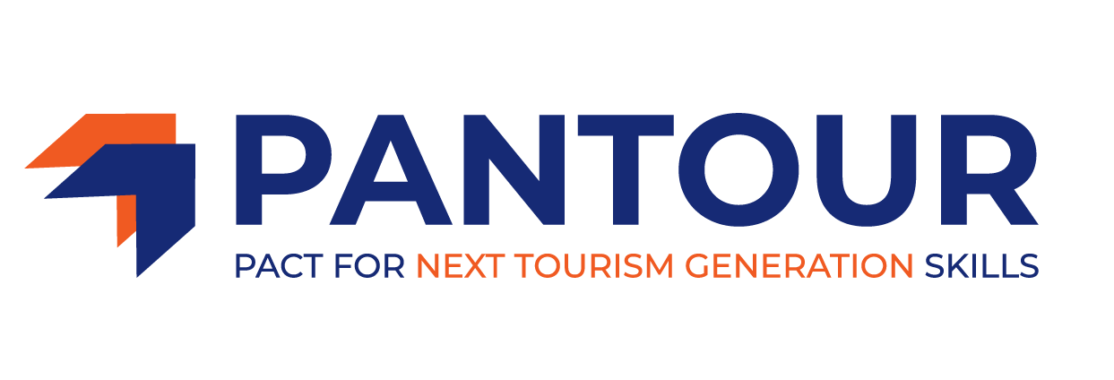Best Practice City of Helsinki – Accessibility in Urban Tourism
The City of Helsinki was founded in 1550 and became the capital of Finland in 1812. Today, it is the country’s most popular tourist destination. In 2023, the city registered more than 4 million overnight stays with approximately 57% of visitors being domestic and 43% coming from abroad.






